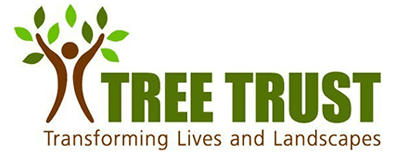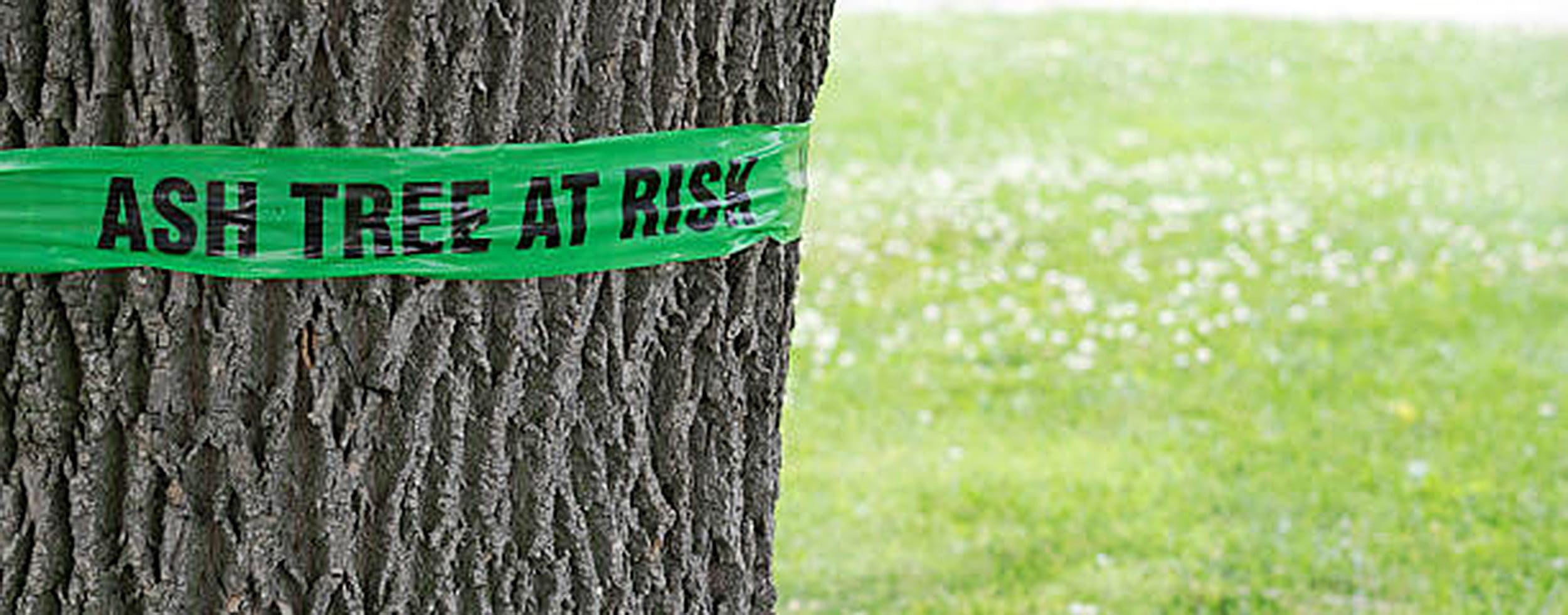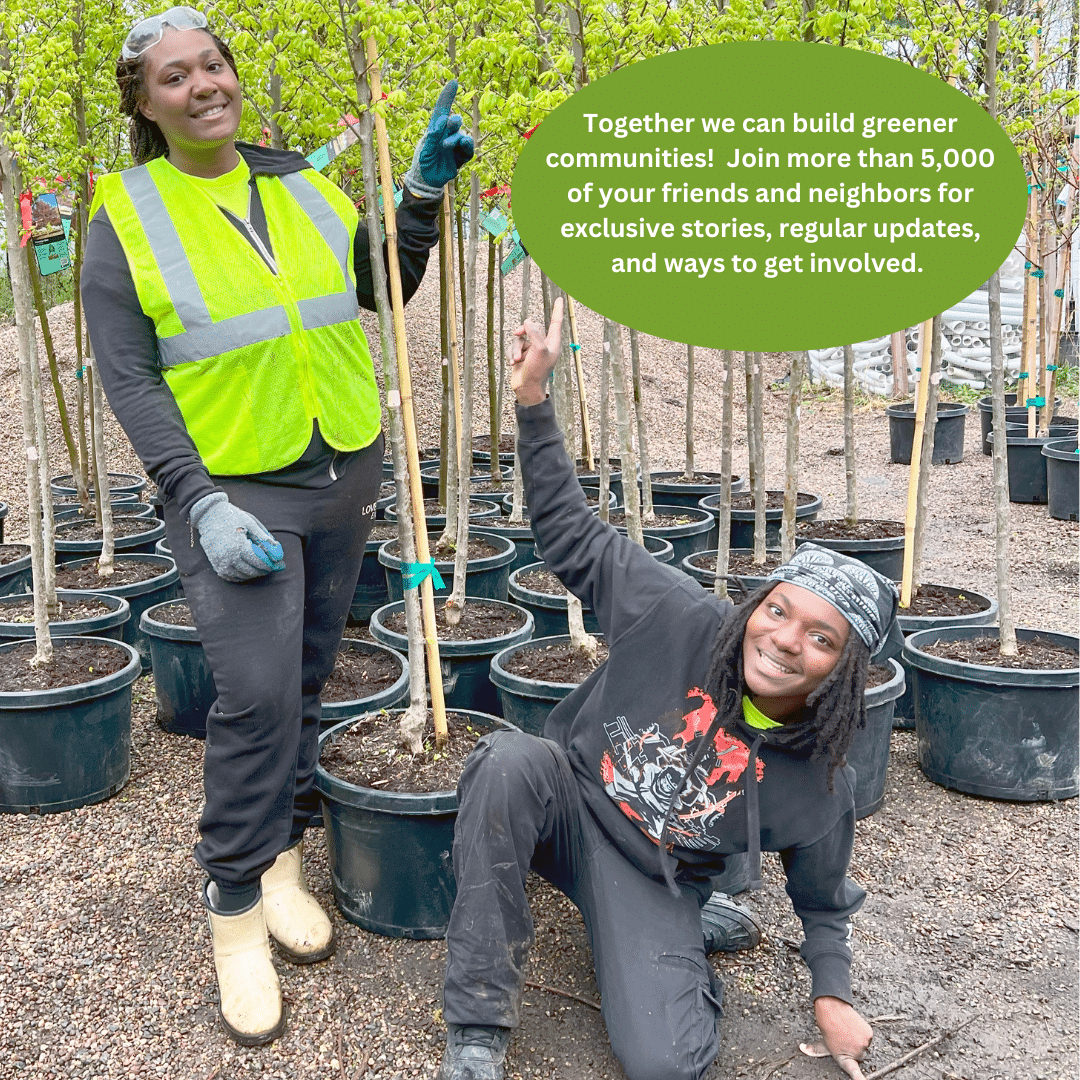Emerald Ash Borer in MN: The Do’s and Don’ts
Minnesota is known for its 10,000 lakes, but perhaps less commonly known for its estimated one billion ash trees that provide shade, clean air and water, and so much more. Unfortunately, a pest is killing millions of ash trees and the imminent threat of this pest remains in any community where you live, whether a big city, small town, or anywhere in between.
Discovered in Michigan in 2002, this invasive species, a wood-boring beetle from Asia known as the emerald ash borer (EAB), has spread across the country, destroying tens of millions of ash trees in the U.S. In 2009, the emerald ash borer made its first known appearance in the city of Saint Paul, Minnesota.
Here’s what you should do and should not do about the emerald ash borer in Minnesota:
Do be informed about the impact of this invasive forest insect.
The emerald ash borer infestation is slowly, quietly killing the ash trees that shade our homes and neighborhoods in the Twin Cities metro counties and across the state. Not contained, this invasive tree pest is spreading rapidly. New infestations by this destructive beetle continue to increase throughout Minnesota.
The challenge is that most of the EAB life cycle takes place underneath the bark, so evidence of the infestation remains invisible. Adult beetles fly around, mate, and lay eggs on ash trees (an average female lays 60-100 eggs in its lifetime). The larvae hatches from the eggs and crawls under the bark of ash trees to feed, leaving behind feeding tunnels which slowly starve the tree by cutting off the flow of water and sugars. Although winter temperatures in Minnesota may help to slow the spread and activity of this invasive beetle, the cold won’t stop it completely.
Don’t let history repeat itself.
Echoing an earlier environmental tragedy from the 1970s, Dutch elm disease decimated large boulevard trees in neighborhoods and communities. Sadly, many but not all of these were replaced with ash, and now we face a similar problem with the infestation of EAB. The loss of ash trees poses a significant threat to our environment and will exacerbate the impacts of climate change by increasing the urban heat island effect. Let us remember this lesson in our history. Diversity is key in any treescape, which is why we need to continue to plant a wide variety of tree species for a more diverse and resilient forest. Increasing the diversity of the trees in our communities will lessen the impact of future pests and disease.
Do consult with an arborist if you have an ash tree.
If you have an ash on your property, you will have to decide if you want to treat or remove your ash. As a first step, consult a tree service company like Tree Trust Landscape Services to help you explore your options.
Don’t wait.
Your local government may have an EAB management plan, but it likely only pertains to public trees. Don’t wait for someone to tell you to do something about your private ash trees – explore your options with your municipality or a licensed arborist.
You also don’t want to wait because treating an ash for EAB is more affordable than removing a dead tree. Once an ash dies, it will become hazardous for tree service companies to remove, and therefore more expensive as it becomes brittle and unclimbable.
Do treat your ash tree if it’s infected with EAB.
The good news is that tree service companies offer viable treatment options. Treatment products are safe and effective, and best administered by a reputable tree service company. Our experts from Tree Trust Landscape Services know the signs of invasive emerald ash borers and can identify if your tree is infested. Our professional certified arborists may save your infested tree if the infestation is caught early enough, but time is of the essence.
Do remove your tree if it’s too late for treatment.
When an ash dies from this destructive insect pest, the tree can still act as a food source for the wood-boring beetle, which is another reason why you shouldn’t wait. We recommend consulting with an arborist and making a plan to remove your ash tree. To prevent the spread of EAB in your area, these dead trees need to be properly and safely removed.
Don’t move the firewood.
The Minnesota Department of Agriculture has enacted a quarantine to limit the movement of firewood. If you transport the infested firewood, you risk spreading EAB to places where it isn’t. You can safely burn ash firewood: just be sure to do so at the location where the trees were removed.
Do act in the fight against emerald ash borer.
Trees impact everything around us. The loss of mature trees will negatively affect air and water quality, animal habitat, urban temperatures, and home values. Research has shown that it takes two generations for urban tree canopies to return to pre-invasion levels. Time is running out, but you can join the fight against emerald ash borer and help us re-grow a healthy tree canopy.
There are many things we can all do to help mitigate the loss of our canopy! You can help keep Minnesota green by:
- Treating any ash trees that you own
- Planting trees on your personal property
- Volunteering with us to plant trees in public spaces
- Supporting policies that increase funding for the state and local governments to manage the EAB crisis
- Supporting organizations like Tree Trust that are making an impact



